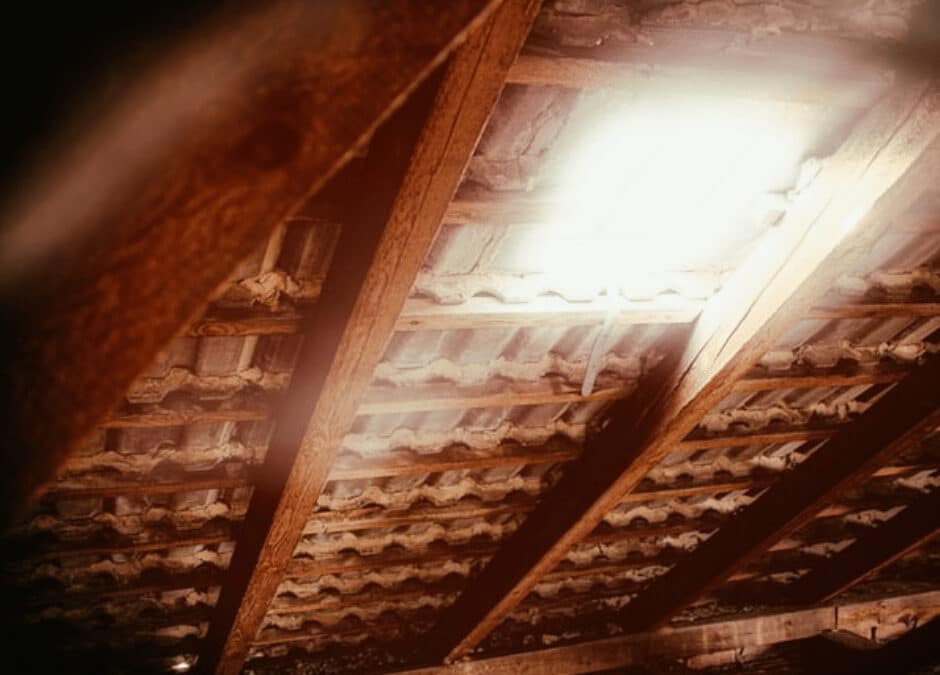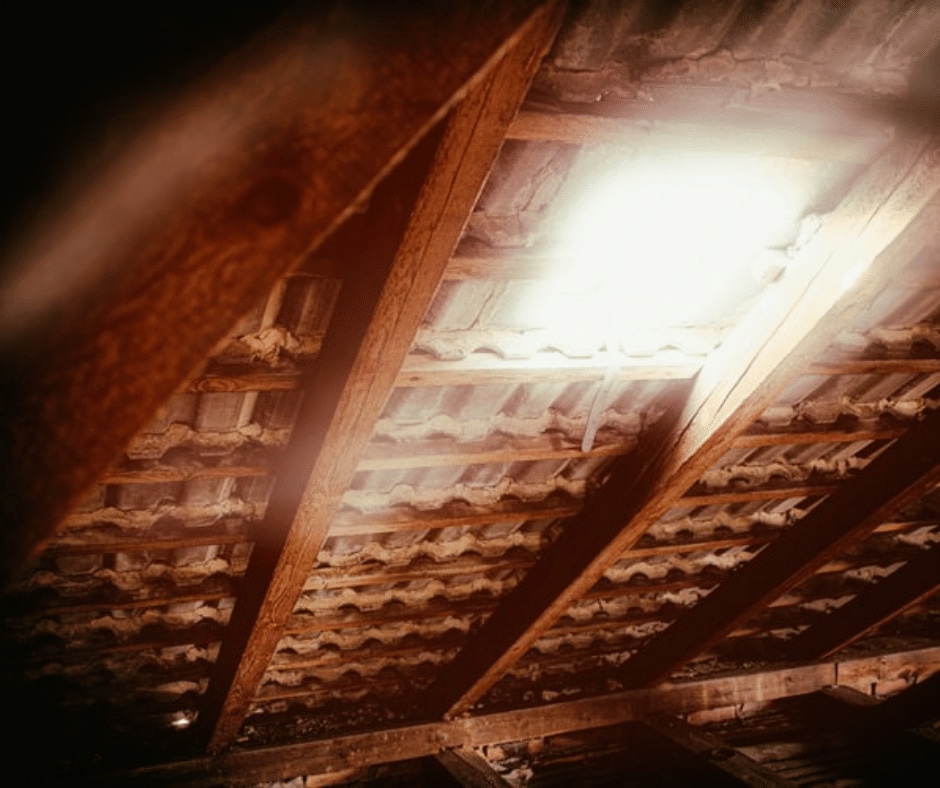Georgia summers can be unforgiving — both hot and oppressive. Because of the sweltering heat, you can’t help but turn the air conditioner up to feel a little relief. As you turn the AC up, however, your electric bills go up as well.
Sometimes, you end up needing to choose one — heat relief or lower bills. Thanks to radiant barriers, you won’t ever need to choose between cool air and manageable electric bills again.
What Is a Radiant Barrier?
A radiant barrier is used to reduce the heat felt inside a home and reduce cooling costs. Most radiant barriers are installed in attics since most of the heat comes from the roof. They consist of reflective material such as aluminum foil.
How Does It Work?
Radiant barriers block UV rays and radiant heat from being absorbed by objects and heating them. It will reflect 96% of the radiant heat back to the horizon. Due to this, it will decrease your home’s temperature thanks to the improved attic insulation. Not enough to cool it down, especially in the summer, but enough that you can use the AC less. This will give you lots of energy savings!
How To Install Radiant Barrier
There are two standard methods of installing radiant barriers: the Staple Up Method and the Over Insulation Method. Let’s explore these two methods.
Staple Up Method
This method is typically used for homes in hot/warm climates. With this method, the radiant barrier is stapled onto the bottom of the rafters. Here’s how you do it:
- Measure your rafters. Count the rafters on one side of the roof with a measuring tape or mental math. Once done, add one foot to the final count for allowance.
- Cut the pieces. The radiant barrier pieces should be cut in a big space such as the driveway for easy cutting. Use a utility knife rather than scissors — scissors get dull easily.
- Start from the bottom. Once you have your pieces cut, you can start installing the radiant barrier with a staple gun. Remember to leave a small gap at the bottom for good attic ventilation.
- Obstacles aren’t that of a big deal. For obstacles such as bracings, you can just go over them or cut a hole around them.
Over Insulation Method
This is the method for homes in cooler climates. The radiant barrier is laid out on top of the insulation on the attic floor. Measuring and cutting the radiant barrier is the same as the first method. Here are some additional instructions:
- Check for air duct leakage. This can reduce the radiant barriers’ effectiveness. The best step to prevent this is to air seal your attic.
- Start from the corner. Roll out the pieces from the far corner.
- Keep it secure. Overlap an inch or two of the pieces and keep them together with foil tape.
- Don’t press the radiant barrier into the insulation. It’s better to leave a small gap between the barrier and insulation.
Dangers of DIY
While it might seem more cost-efficient, it’s better to let professionals handle the whole installation process. Doing the installation by yourself can be dangerous, as you don’t have the proper training and equipment. This way, you’ll also be assured that your radiant barriers are installed properly. A DIY installation can cost you a lot in the long run. If it needs a redo or your home needs a whole new radiant barrier, you’ll need to spend more money than you have to.
Conclusion
Radiant barriers are helpful for energy savings and keeping you cool every summer. If you want a radiant barrier for your home, we at South Atlanta Insulation Experts can help you. We offer free home consultation to determine what type of radiant barrier system works best for your property. Give us a call today at (404) 882-9403.
Sources:
https://www.protoolreviews.com/what-is-radiant-barrier/
https://www.energy.gov/energysaver/weatherize/insulation/radiant-barriers
https://www.radiantguard.com/pages/how-to-install-radiant-barrier
https://www.energyhomepros.com/blog/p.150625000/radiant-barrier-vs-insulation/
https://www.ecofoil.com/pages/how-does-radiant-barrier-work
https://www.radiantbarrier.com/resources-articles-radiant-barrier-installation-methods/
https://atticfoil.com/index.php/installation/staple-up-installation/
https://atticfoil.com/index.php/installation/over-the-insulation-install/


Recent Comments